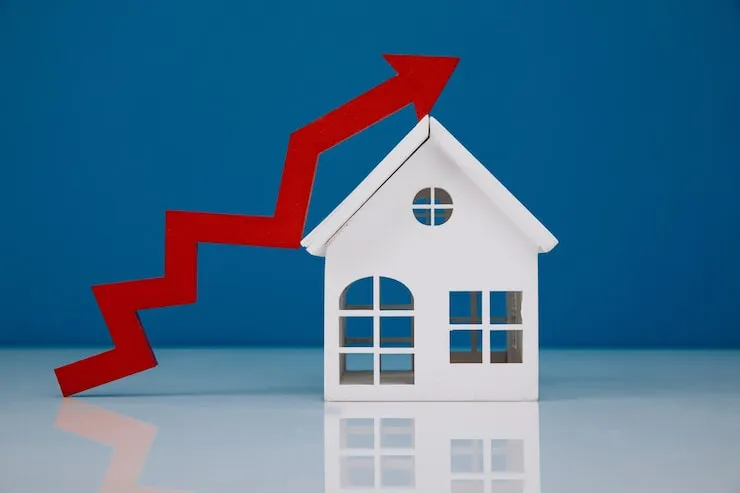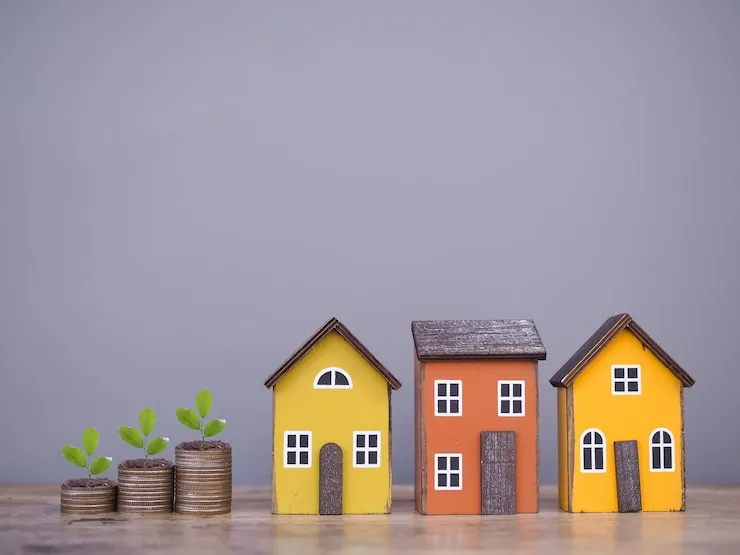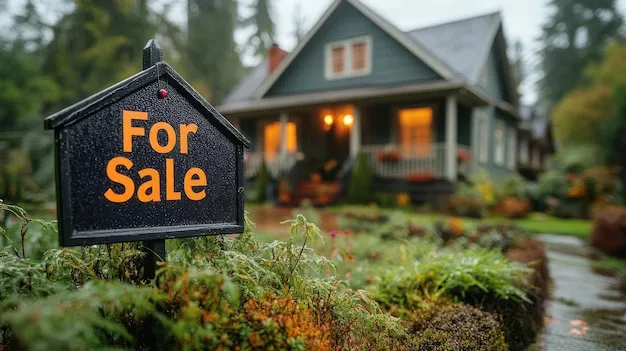The Mumbai real estate market may appear complex, but there's a reason it's in high demand. Strong economy, little land available, and strong demand make it one of India's key property markets. The city's real estate market is always one of the priciest in India, but it's also one of the most likely to deliver the highest potential for capital growth, hence a hotspot of action for residential and commercial space alike. The following guide provides insight into the major trends, growth drivers, and what to look out for in the Mumbai real estate market. We'll discuss everything from how the city's expanded to where you can have affordable houses and what it will mean for you.
Why is the Mumbai Housing Market Growing?
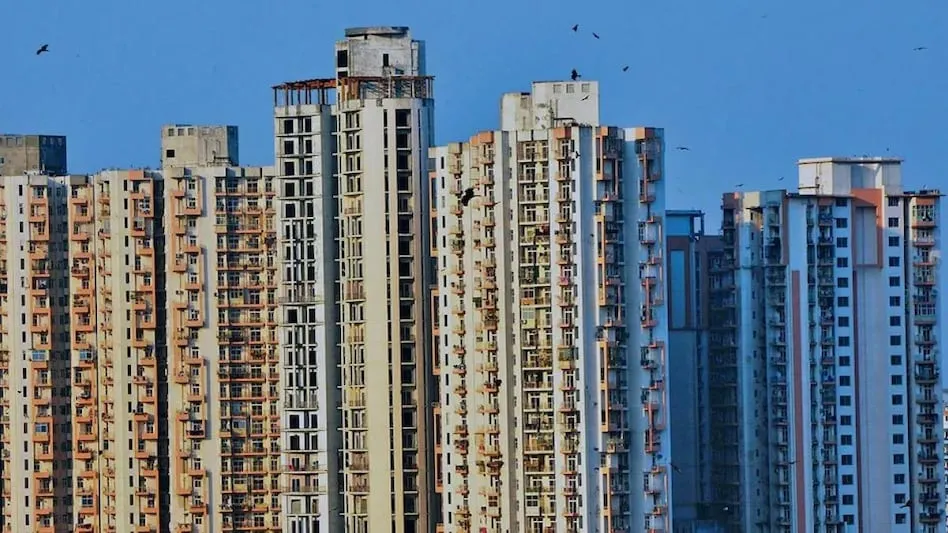
The Mumbai housing market expansion isn't unexpected. It's occurring because of some major reasons. Mumbai is India's financial capital, meaning many come to work here. That creates a massive demand for Mumbai housing market growth.
Read Also: SCO Plots vs Commercial Plots: Key Differences Guide
Demand and Supply: The Main Challenge
The major problem for Mumbai demand and supply property is the absence of space. Mumbai is an island city, so there is little vacant land available. This is primarily the reason why property rates are so expensive.
- Demand: Everybody desires to reside here. Ranging from affluent individuals searching for luxury apartments to middle-class families seeking smaller flats, demand never ceases. An increasing number of high-net-worth individuals and NRIs are purchasing luxury properties, while the city's urban working population keeps demand for smaller, reasonably priced units in the suburbs perennially high.
- Supply: To address the issue of land, developers are constructing upwards, not outward. Chawls and old buildings are being demolished and replaced with high-rise, new-age towers. This is the only way to produce additional housing for everyone.
New Infrastructure: Changing the Game
One of the largest contributing factors to the real estate market in Mumbai is all of the new infrastructure that's being constructed. The government is investing billions into better roads, trains, and connectivity. It connects areas of the city that used to be far away.
- Mumbai Trans Harbour Sea Link (MTHL): This new bridge links Mumbai to Navi Mumbai. It reduces travelling time and has increased the value of properties in Navi Mumbai. Living there is now a good option for those who work in the city.
- Navi Mumbai New Airport: A new international airport is under construction. This will make Navi Mumbai a key hub in itself. This is already causing property prices to rise in the region.
- Mumbai Metro: The metro network is growing rapidly. New lines are linking far-off suburbs to business districts. This makes residential property along the new metro routes more desirable and expensive.
- Mumbai Coastal Road: Travel is easier along the coast with this road. It assisst in traffic and has raised the property prices in places that it links.
Affordable Housing: Where to Find It
Dreaming of a home in Mumbai? Yes! Though South Mumbai is very costly, you can get affordable housing in Mumbai in the suburbs.
Places such as Thane, Navi Mumbai, and Kalyan-Dombivli are gaining popularity. They have improved living conditions, more facilities, and are less expensive compared to the central city. These are ideal for middle-class households. The government is in the process of schemes to construct more affordable houses to cater to the high demand.
Is Mumbai a Good Investment?
If you are an investor, you may be wondering that. Rental yield in Mumbai suburbs (or rental income in Mumbai) is not high, typically only 2% to 3%. That is why property prices are so high.
- Are rental yields low: The rent you can earn per year is a tiny percentage of the property's worth.
- High Capital Appreciation: The actual value lies ahead. With all the new developments and a persistent shortage of supply, Mumbai property prices will continue to appreciate over the years. Investors purchase a property not for rentals, but because they are confident that it will be worth much more in the future.
Rental Yield in Mumbai Suburbs: The Perspective of an Investor
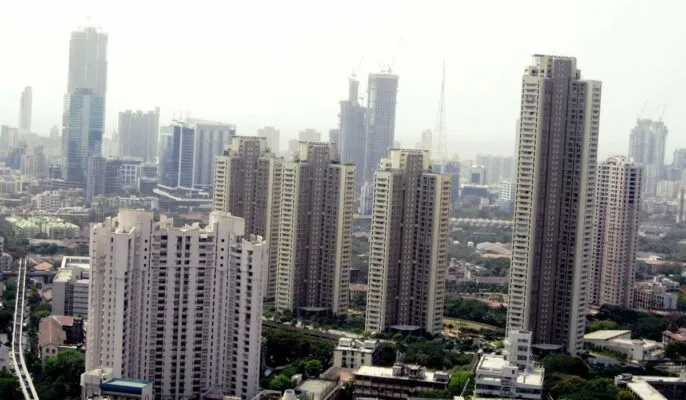
It is important to keep the rental market in check when it comes to the "real estate market in Mumbai", more so if you are investor. As compared to other Indian cities Mumbai is not a high rental yield market. The rental yield ranges from 2% to 3%, which is considered modest, when talking about Mumbai suburbs. However, the low yield is offset by the potential for high capital appreciation.
- Why is the rental yield so low? The first, and foremost, reason is the incredibly high property prices. Although the rents themselves are high in absolute terms, the sheer price of the property means that the annual rental income is a lower percentage of the property's value.
- Why is it then a good investment? Real estate investors in Mumbai are not interested in short-term rental returns. Rather, their approach is long-term capital appreciation. With ongoing infrastructure development, restricted supply, and unrelenting demand, Mumbai property values are bound to increase steadily in the long term, providing a huge return on investment in the future. The rental returns act as a contribution to cover loan EMIs.
You May Also Like: New Property Law: Aadhaar And Equitable Mortgage
RERA: Making it Safer for Buyers
The Real Estate Regulatory Authority (RERA) Mumbai made sure that the market is precisely safe & Realestate infrastructure development Mumbai
- Protection of Buyers: RERA ensures that the developers take the given time into consideration while completing projects. They have to provide buyers with accurate information and spend money on the right projects. This has made buyers much more confident.
- Increased Trust: RERA has eliminated the bad developers. Good developers, who abide by the rules, now enjoy a better image. This has made the whole market more reliable and systematic.
Conclusion
The Mumbai real estate industry is stringent but promising. The difficulties are high costs and limited land, but the emerging infrastructure and strict regulations are turning it around. Suburbs are the new hotspots for living and investing. The Mumbai growth of housing is not merely constructing homes. It's about constructing a better, more integrated city for all.





